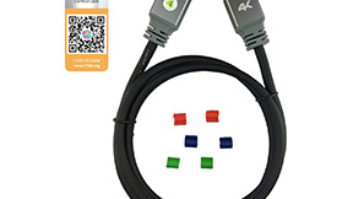
Wireless Zone, the franchise chain specializing in Verizon phones and service, is rolling out a gross-profit royalty model to replace a gross-revenue model that turned less profitable for franchisees after Verizon focused on promoting installment-payment plans, the company announced.
The company, with about 350 franchise locations, was operating on a gross -revenue model that created revenue for franchisees by marking up handsets and offering activation commissions. Wireless Zone took a share based on a royalty rate.
When Verizon shifted to installment plans, “what had once worked very well for both sides suddenly wasn’t as advantageous to our franchisees,” the company said.
After consulting with franchisees, the company developed a new system “so we could align our interests,” said Joe Johnson, who became president/COO in late 2014. Under the new model, “we take a store’s revenue and subtract the cost of goods, leaving gross profits as the remainder,” he explained. Wireless Zone then bases a royalty fee off that number rather than on a specific number of activations and product mark-ups. “Under this new model, the franchisees and franchisor work together for the greater good of the business, and Wireless Zone is directly invested in the success of its franchisees,” he said.
For his part, Michael Sabbatini, a Wireless Zone owner in Pennsylvania, said that “Wireless Zone doesn’t make money if its franchisees don’t make money, so we’re in it together to drive future success.”
The program began rolling out in January, and almost 50 percent of existing Wireless Zone stores have voluntarily adopted the new model by March. Any new stores opened will automatically adopt the new system.
To date, the company said, stores that have introduced the new model are outperforming those on the legacy model by more than 8 percent. In addition, sales among stores with the new royalty model are up by more than 16 percent so far in March versus the stores still on the legacy model.










